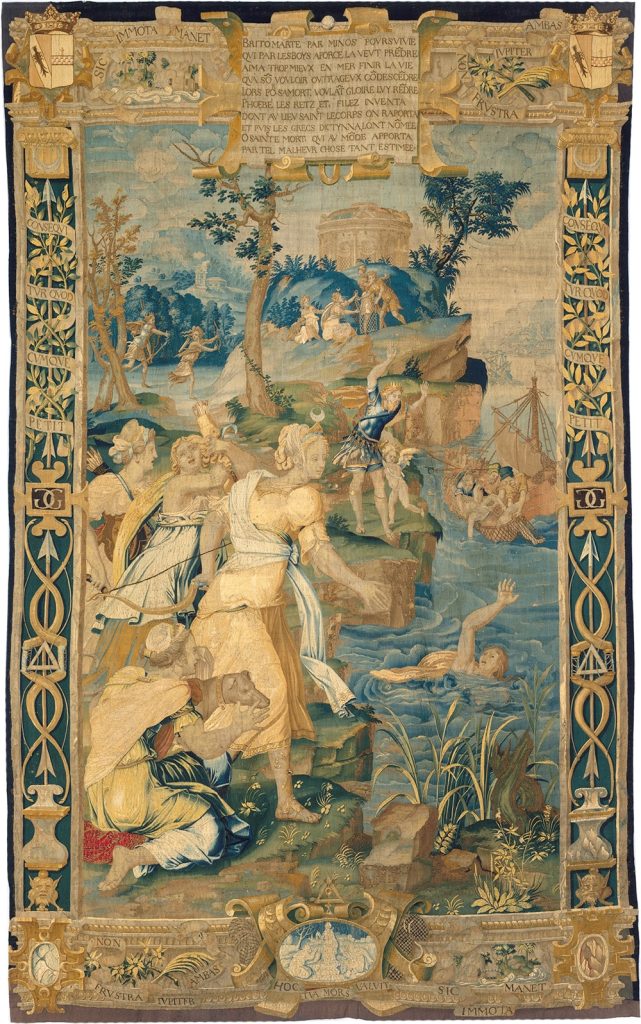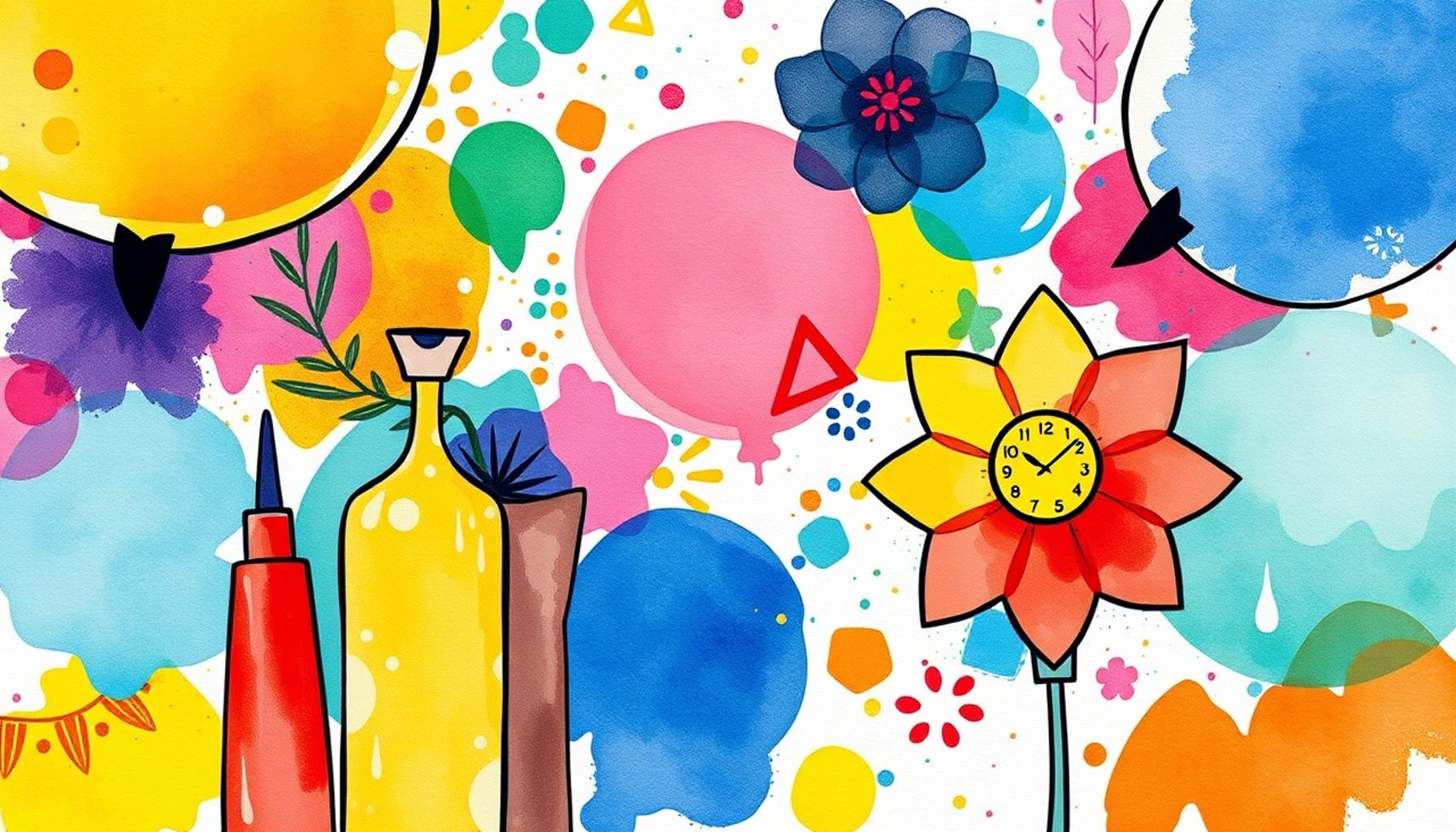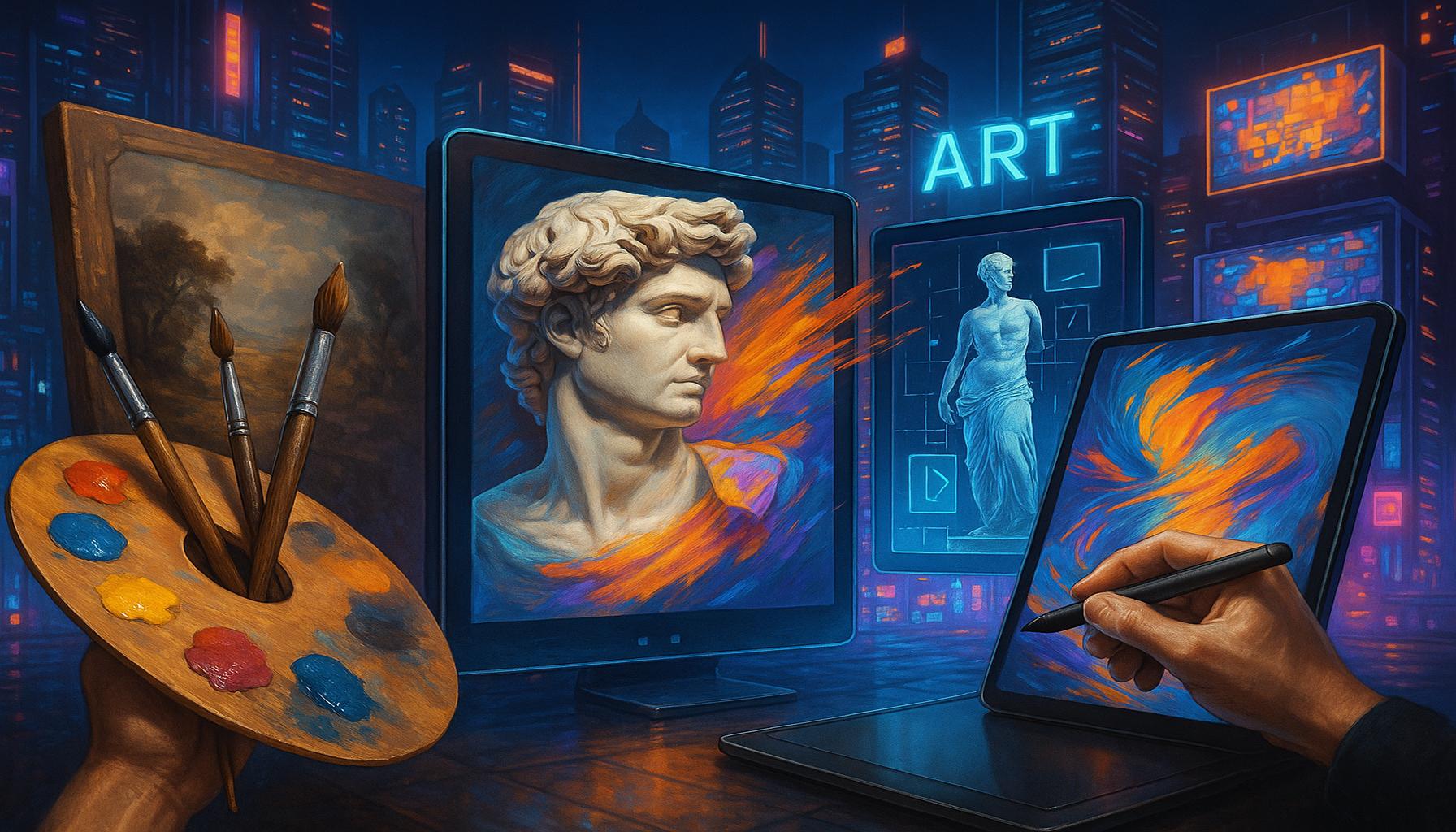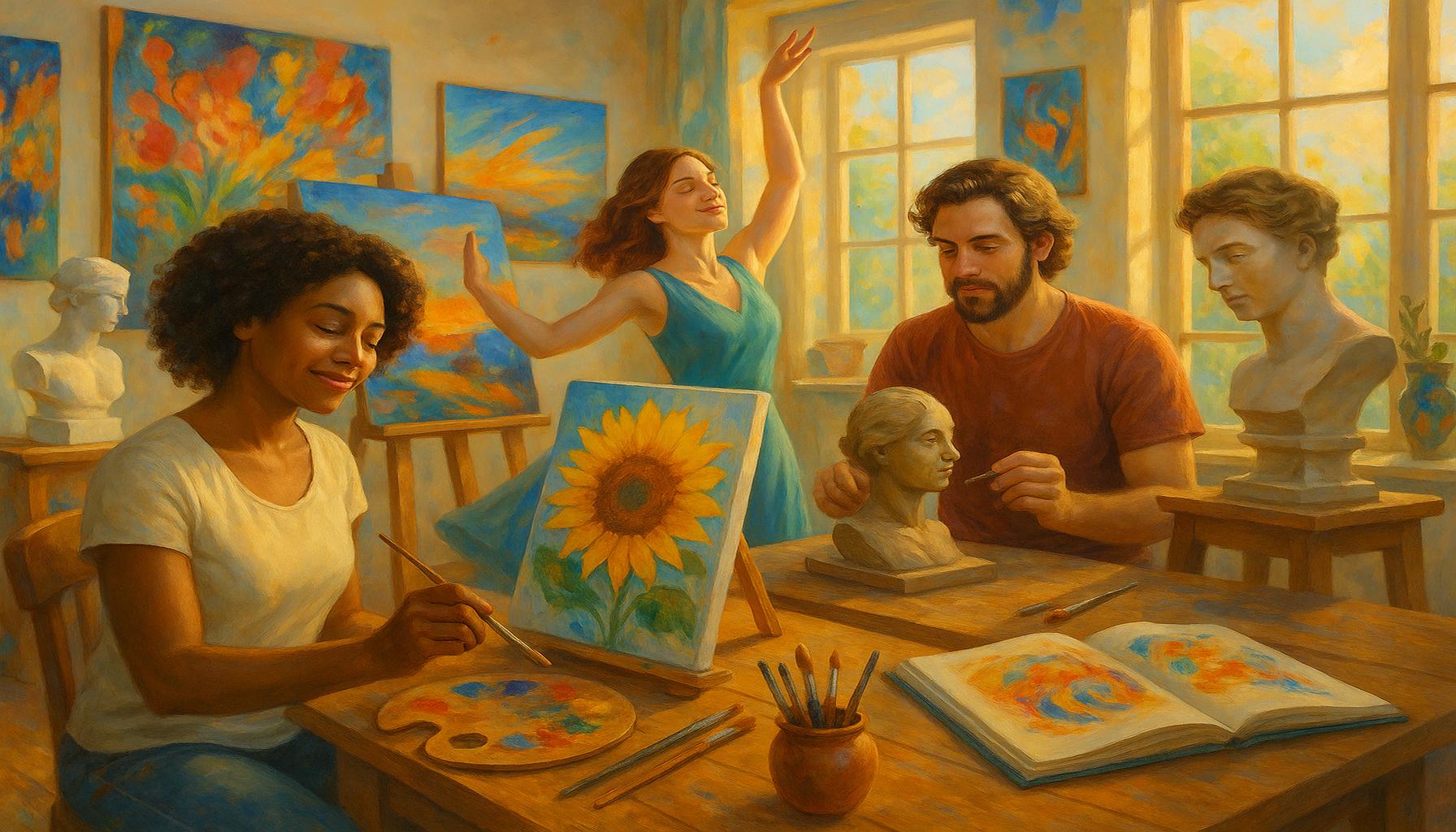The Art of Tapestry: Between Tradition and Contemporaneity in Textile Creation

Exploring the Tapestry Landscape
The intricate world of tapestry weaving weaves together history, artistry, and innovation. As a multifaceted medium, tapestries not only serve as decorative pieces but also tell profound stories through their threads and colors. The journey of this art form transitions seamlessly from ancient techniques to modern interpretations, captivating audiences worldwide.
Key Aspects of Tapestry Creation
- Historical Significance: Tapestries have roots in ancient civilizations, serving as both functional items and artistic expressions. Dating back to the ancient Egyptians, early tapestries were often created using rudimentary looms and depicted religious and mythological themes that highlighted the culture of the time. In medieval Europe, tapestries became status symbols displayed in grand castles, illustrating stories of chivalry, war, and alliances. They not only adorned walls but also provided insulation, revealing their dual purpose as both art and necessity.
- Cultural Reflections: Each piece reflects the traditions, beliefs, and narratives of its time, making it a valuable cultural artifact. For instance, the famous Bayeux Tapestry, an embroidered cloth that recounts the Norman Conquest of England in 1066, serves as a historical document that offers insights into the social norms, attire, and practices of medieval society. In contemporary American tapestry, artists often explore social themes and cultural identity, blending traditional techniques with modern imagery to express diverse narratives.
- Modern Innovations: Contemporary artists reimagine tapestries by integrating new technologies and materials, pushing the boundaries of this traditional craft. One notable example is the incorporation of digital printing on fabric, which allows artists to explore abstract forms and bold colors previously unattainable through traditional weaving alone. Additionally, many artists are experimenting with mixed media, combining tapestry techniques with painting or sculpture, fostering a dialogue between different artistic disciplines.
This interplay between tradition and contemporaneity in textile creation invites further exploration. From the lavish tapestries adorning European castles to the avant-garde pieces showcased in today’s galleries, tapestry is a vibrant art form that continues to evolve. Artists like Sheila Hicks and Faith Ringgold have made significant contributions to this discourse, utilizing tapestry to comment on personal and political issues, thus engaging viewers in meaningful conversations.
As we delve deeper into this subject, we uncover the layers of creativity and history that enrich our understanding of tapestry weaving. Organizations and museums, such as the American Tapestry Alliance, host exhibitions and provide resources for enthusiasts and scholars alike, ensuring that the story of tapestry weaving remains alive and relevant in modern society. With a growing interest in sustainable practices, many contemporary artists are also focusing on eco-friendly materials and processes, highlighting tapestry’s potential for innovation in an increasingly environmentally conscious world.
DISCOVER MORE: Click here to delve into the role of improvisation in music</p
The Evolution of Tapestry Techniques
The journey of tapestry weaving encapsulates a rich narrative that evolves alongside the cultural and technological advancements of society. As the art of tapestry progresses, artists continually engage with traditional techniques while also exploring innovations that redefine the medium. Understanding these shifts not only enhances our appreciation of tapestry but also sheds light on the broader context of artistic expression.

Traditional Techniques and Their Enduring Legacy
- Warp and Weft: At the core of tapestry creation lies the fundamental technique of interlacing threads, which consists of the warp (the vertical threads) and the weft (the horizontal threads). This age-old technique remains integral to contemporary practice, imparting the tapestry with its characteristic depth and texture.
- Color Mixing: Historically, artists relied on natural dyes extracted from plants, minerals, and insects to achieve a vivid palette. This practice, while often labor-intensive, brought forth shades that captured the vibrancy of the world around them. Contemporary artisans are revisiting these methods, recognizing the value of sustainability and authenticity in color choices.
- Artisan Guilds: In medieval Europe, the establishment of guilds not only refined techniques but also fostered a sense of community among artisans. These traditions echo today as contemporary tapestry artists collaborate and share knowledge within a broader artistic community, drawing on past practices while venturing into new territory.
The historical significance of tapestries is profound; they have captured societal narratives and cultural nuances for centuries. However, the evolution of textile creation invites modern artists to reinterpret these traditions through the lens of contemporary issues. For example, artists like Sheila Hicks draw inspiration from traditional craftsmanship but inject bold colors and unconventional forms, challenging the boundaries of the medium. Similarly, Faith Ringgold utilizes tapestry to convey personal experiences and social commentary, bridging the gap between artist and viewer while addressing issues of race and identity.
Contemporary Challenges and Innovations
As tapestry weaving flourishes in the modern art scene, it faces unique challenges that compel artists to innovate. Issues of sustainability and ethical sourcing of materials are paramount in today’s artistic discourse. Many contemporary artisans prioritize eco-friendly practices, experimenting with recycled fibers and natural dyes, all while adhering to the principles of tapestry crafting. This intersection of craftsmanship and environmental responsibility speaks to a growing consciousness in the art world.
Furthermore, technological advancements have opened new avenues for tapestry creation. Artists are now incorporating digital tools to design intricate patterns and experiment with textures that were previously unimaginable. Techniques such as digital weaving and 3D printing are redefining the possibilities within tapestry, prompting questions about the essence of craftsmanship in the digital age.
By weaving together historical techniques and contemporary innovations, artists ensure that tapestry remains a relevant and dynamic art form. As we delve deeper into the nuances of the medium, the interplay between tradition and contemporaneity reveals a rich tapestry of creativity, inviting observers to engage with the stories and themes expressed through this profound textile art.
The Evolving Narrative of Tapestry
As contemporary artists grapple with identity, culture, and storytelling, tapestry has emerged as a dynamic medium that ventures beyond traditional confines. This evolution reflects a broader dialogue between the past and the present, intertwining historical techniques with modern themes. Artists today aim not only to preserve the rich heritage of tapestry-making but also to innovate, employing contemporary subject matter and materials to resonate with today’s audience. This transformative approach allows artists to address social issues, personal narratives, and cultural identities through the intricate weave of fibers.
Innovation in Techniques
Historically, tapestry weaving adhered to stringent norms and techniques passed down through generations. However, the modern tapestry artist often experiments with non-traditional methods. Techniques like digital weaving and the incorporation of mixed media elevate tapestry from a purely artisanal craft to an art form capable of addressing contemporary artistic inquiries. Artists such as Grayson Perry and Sheila Hicks have pushed these boundaries, using color, scale, and form to challenge the viewer’s preconceptions. The result is a tapestry that is not merely a decorative item but a vital piece of contemporary art that engages on multiple levels.
Case Studies of Notable Artists
Several artists exemplify the intersection of tradition and modernity in tapestry creation. For instance, contemporary weaver Annabel Wilson combines historical motifs with modern visual storytelling, creating pieces that speak to today’s societal narratives. Additionally, the work of artists like Toma Yovanovich reflects familial and cultural traditions while seamlessly integrating personal experiences. These case studies illuminate how specific artists navigate the dual realms of heritage and innovation, thus broadening the appreciation for tapestry as a modern art form.The fabric of tapestry-making is rich and textured, mirroring the complexities of culture, tradition, and individuality. As we explore these intricate creations, it becomes evident that tapestry has a significant role to play in pushing the boundaries of contemporary art while honoring its historical roots.
DISCOVER MORE: Click here to learn about the impact of collaboration
The Cultural Significance of Tapestry in Contemporary Society
The significance of tapestry extends beyond its aesthetic appeal; it serves as a dynamic repository of culture, reflecting societal values, challenges, and movements. In the United States, where diverse communities converge, tapestry stands as a medium for storytelling, offering voices to underrepresented narratives and fostering deeper connections within society.
Tapestry as a Voice for Marginalized Communities
Contemporary artists are increasingly using the tapestry medium to bring attention to social issues, craft identity narratives, and address inequalities. Artists such as Rashida Johnson utilize tapestry to explore themes of race and heritage, weaving personal histories with broader societal commentary. This approach not only revitalizes traditional techniques but also invites dialogue on pressing contemporary issues, allowing spectators to engage with the artwork on an emotional level.
Moreover, initiatives such as the Tapestry Project in various U.S. cities encourage local communities to participate in collaborative tapestry arts, fostering inclusivity and cultural representation. By weaving together personal stories within a collective tapestry, participants create a tangible artifact that reflects their shared experiences, thereby enhancing community bonds and cultural identity.
The Role of Tapestry in Public Art Installations
The integration of tapestry into public art installations represents a significant evolution in how textile arts are perceived and appreciated. Notable projects, such as the Woven into the World exhibition, showcase large-scale tapestries in urban spaces, making art accessible to a broader audience. These installations challenge the traditional confines of tapestry, transforming it from a domestic craft into a vibrant element of contemporary public discourse.
Public tapestry artworks often respond directly to their environments, reflecting local histories and cultural dynamics. This trend underscores a paradigm shift where tapestry serves not just as decorative art but as a medium for engagement and community reflection. For instance, the use of narrative motifs in these installations offers viewers a chance to connect with their surroundings and consider the stories being narrated through textile.
Educational Institutions Embracing Tapestry
Education plays a pivotal role in the reinvigoration of tapestry as both an art form and a means of cultural expression. Many universities and art schools across the U.S. have incorporated tapestry weaving into their curricula, exposing students to the rich history and techniques of textile arts. Workshops led by seasoned artists enable students to explore their creativity while fostering a deeper understanding of traditional craftsmanship.
Institutions like the Penland School of Crafts in North Carolina offer specialized programs focused on tapestry weaving, merging artistic exploration with hands-on experience. This nurturing environment encourages a new generation of artists to engage with tapestry, ensuring that the medium continues to evolve while honoring its historical roots.
Furthermore, as tapestry weaving gains recognition in art discourse, exhibitions dedicated to the medium are becoming more frequent, celebrating the diversity of styles and approaches within the tapestry community. Events such as the New York Textile Fair highlight the dynamic interplay of traditional craftsmanship and contemporary techniques, promoting networking among artists and further enriching the tapestry landscape.
In essence, tapestry art, whether steeped in tradition or pivoting toward the avant-garde, represents a rich tapestry of cultural narratives. It encapsulates the complexities of society’s evolution while inviting both artists and viewers to reflect on the world around them. Through these multifaceted layers, tapestry continues to forge a path between the historical and the contemporary, asserting itself as a vital component of our artistic heritage.
DIVE DEEPER: Click here to uncover the evolution of crafting
Conclusion
The art of tapestry stands as a compelling testament to the evolution of textile creation, seamlessly woven between the strands of tradition and modernity. Its resurgence in contemporary society reflects not just an appreciation for skillful craftsmanship but also the medium’s extraordinary capability to communicate complex narratives and address societal issues. As artists embrace the traditional techniques while infusing them with contemporary themes, tapestry is transformed into a powerful voice for marginalized communities, inviting reflection on matters of identity, heritage, and social justice.
Institutions across the United States are playing a crucial role in revitalizing tapestry arts through educational programs and public exhibitions. By encouraging collaboration and engagement, they cultivate a new generation of artists equipped with deep-rooted knowledge and innovative vision, ensuring that the craft continues to thrive amidst rapid cultural changes. Moreover, public installations are redefining the perception of tapestry, establishing it as a significant element in the dialogue surrounding art in urban spaces.
As we seek to navigate complex cultural landscapes, tapestry emerges not only as a medium of artistic expression but also as a vital artifact embodying our shared experiences and histories. In embracing the rich diversity within the tapestry community, artists and viewers alike are granted the opportunity to explore and contribute to a collective narrative that resonates across time and space. Ultimately, the art of tapestry is not just about weaving threads together; it is about weaving lives together, creating connections that enhance our understanding of the world and each other.



